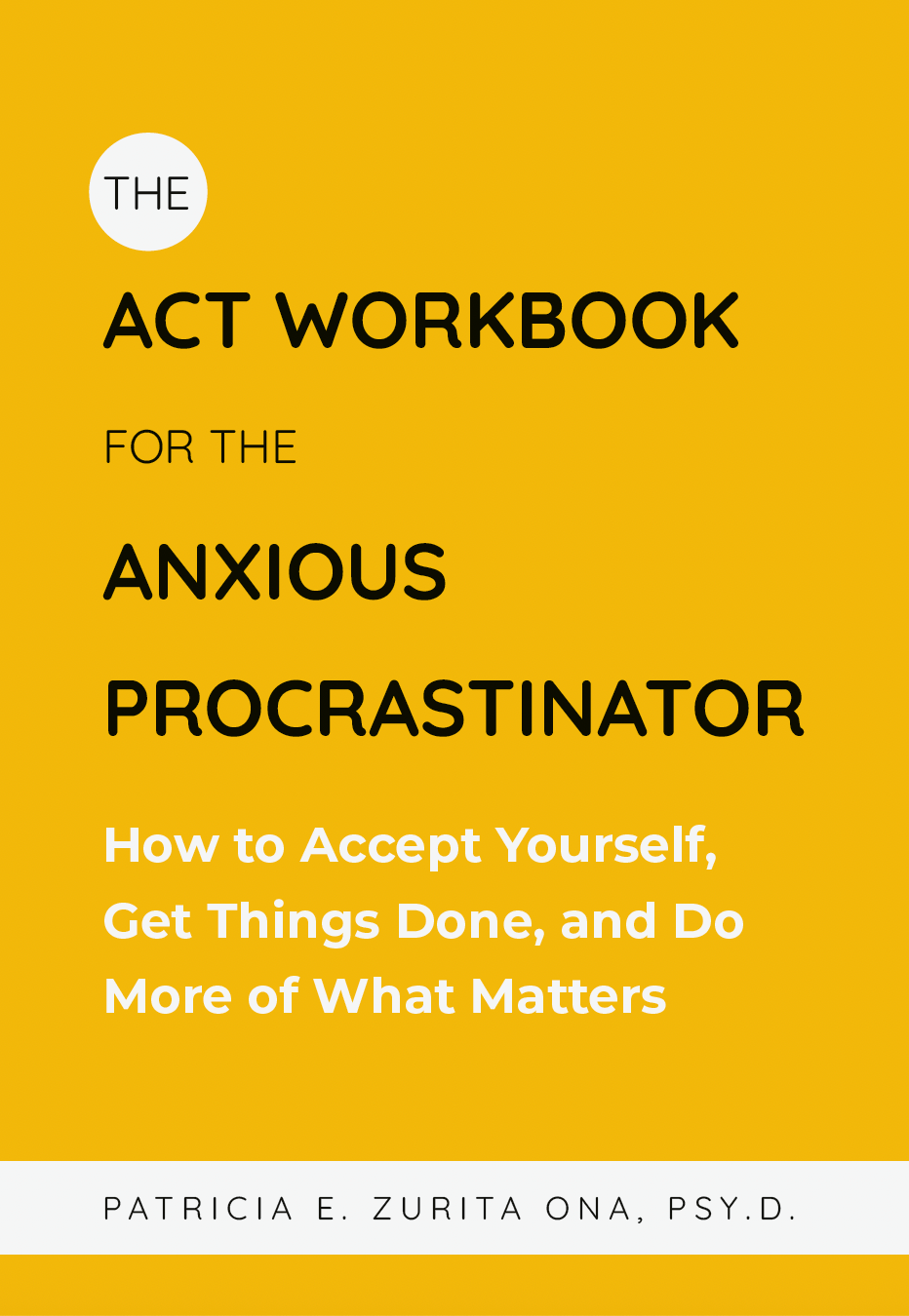
You’ve committed to practicing grounding, your awareness has increased, you’re ready to make your thoughts and feelings known. Not so fast. Ask yourself “What do I want to happen in this situation?” This is a much more involved question than you might think. Are you clear about what you want? Making requests based solely on what you’re thinking or feeling in the moment, without careful analysis, can lead to painful misunderstandings. Just how do you clarify what you want?
1. Do you know what you’re feeling? “Of course!,” you say. I’m annoyed, frustrated, grouchy, agitated. They shouldn’t have done that! That’s not fair, nice, helpful, etc. These are all indications of anger. Research tells us that sometimes we have an immediate emotional reaction to a situation and then we have a second emotional reaction to the first. For example we can feel hurt (primary emotion) by someone’s criticism and then angry (secondary emotion). Anger is often a second response to the first emotion we experienced. Why? Because anger helps us to take action to protect ourselves. When people are hurt, they want to decrease the chances that they’ll be hurt a second time. Anger helps us to do this.
So what’s the problem? When we don’t acknowledge the first emotion we experienced we’re less likely to understand the circumstances that made us feel that way and we are more likely to act in a way to decrease our anger. That is to say, we only get part of what we want. For example, if someone criticizes you harshly and you feel hurt (primary emotion) then angry (secondary emotion) you will likely respond in a way that will decrease your anger (shout at or avoid the other person). However, you probably still feel hurt. And you’ve now probably increased the chances that future interactions will be unpleasant in some way.
What if you had acknowledged your hurt feelings? How would you have responded differently? Do you want the person to stop talking to you or do you want them to give constructive criticism? Think carefully. Which response is more effective in both alleviating your hurt feelings and creating a foundation for more constructive future interactions? By the way, if you focus on awareness of your first emotion and respond skillfully to it, then you will also ease the second emotion you felt. You “kill two birds with one stone.”
2. What are you thinking? People can confuse intense emotion with being right. You might think “Since I’m angry, hurt, sad, etc. then you obviously did something wrong.” Are you sure? Often when we feel intense emotion it’s because our beliefs differ from the other person’s. They’ve done something we think is wrong. We think “They shouldn’t do that,” or “They shouldn’t say that!” For example, what if a person hands you a book and says “Here.” without making eye contact. You think “How rude!” You respond by telling them what you think of them. What if you then learn that they were simply preoccupied with other thoughts or they are shy? Are they still rude? Was it worth it to tell them what you thought of them? Did you want to espouse your personal beliefs or to connect more fully? Check the facts, ask questions, don’t assume you’re right and the other person is a fill in the blank.Taking the time to clarify your thoughts and feelings will help you to formulate an effective response, leading to much improved relationships.
All the best!
Further Reading
Linehan, M. (2015). DBT Skills Training Handouts and Worksheets (second edition). New York: Guilford Press.






